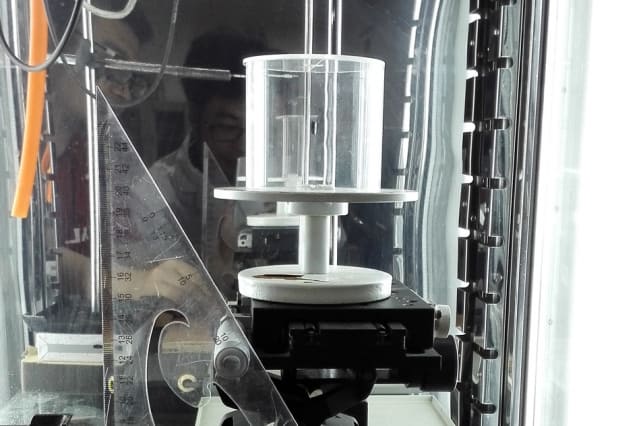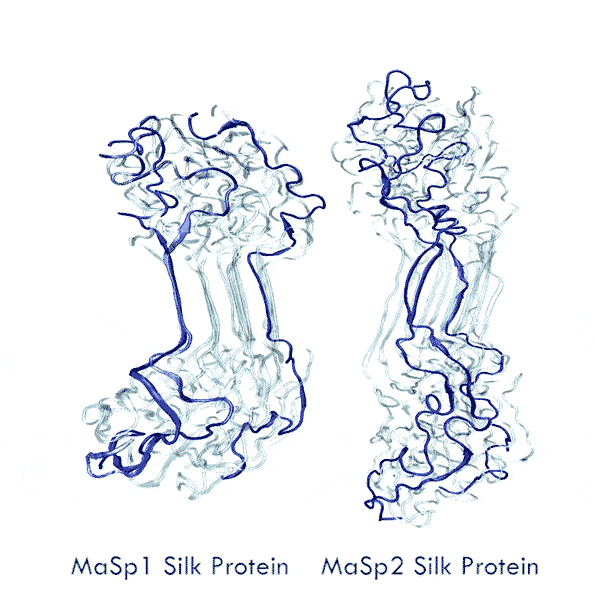A recently discovered property of spider’s silk could lead to new kinds of artificial muscles or robotic actuators, an international team of researchers has found.

The team has discovered supercontraction, which occurs above a certain level of relative humidity in the air causing the fibres in spider’s silk to simultaneously contract and twist. In doing so, they exert enough force to potentially be competitive with other materials being explored as actuators.
The findings are reported in Science Advances, in a paper by MIT Professor Markus Buehler, head of the Department of Civil and Environmental Engineering, along with former postdoc Anna Tarakanova and undergraduate student Claire Hsu at MIT; Dabiao Liu, an associate professor at Huazhong University of Science and Technology in Wuhan, China; and six others including contributions from Queen Mary University of London.
"We found this by accident initially," Liu said. "My colleagues and I wanted to study the influence of humidity on spider dragline silk." To do so, they suspended a pendulum-like weight from the silk and enclosed it in a chamber where they could control the relative humidity inside. "When we increased the humidity, the pendulum started to rotate. It was out of our expectation."
Through a combination of lab experiments and computational modelling, the team worked out that the twisting mechanism is based on the folding of a particular kind of protein building block, called proline.

Investigating that underlying mechanism required detailed molecular modelling, which was carried out by Tarakanova and Hsu. "We tried to find a molecular mechanism for what our collaborators were finding in the lab," said Hsu. "And we actually found a potential mechanism," based on the proline. They showed that with this particular proline structure in place, the twisting always occurred in the simulations, but without it there was no twisting.
"Spider dragline silk is a protein fibre," Liu said. "It's made of two main proteins, called MaSp1 and MaSp2." The proline, crucial to the twisting reaction, is found within MaSp2, and when water molecules interact with it they disrupt its hydrogen bonds in an asymmetrical way that causes the rotation. The rotation only goes in one direction, and it takes place at a threshold of about 70 per cent relative humidity.
The protein has a rotational symmetry built in, Buehler said, and through its torsional force, it makes possible ‘a whole new class of materials.’ Now that this property has been found, it could one day be replicated in a synthetic material.
"Silk's unique propensity to undergo supercontraction and exhibit a torsional behaviour in response to external triggers such as humidity can be exploited to design responsive silk-based materials that can be precisely tuned at the nanoscale," said Tarakanova, who is now an assistant professor at the University of Connecticut. "Potential applications are diverse: from humidity-driven soft robots and sensors, to smart textiles and green energy generators."




Nanogenerator consumes CO2 to generate electricity
Whoopee, they've solved how to keep a light on but not a lot else.